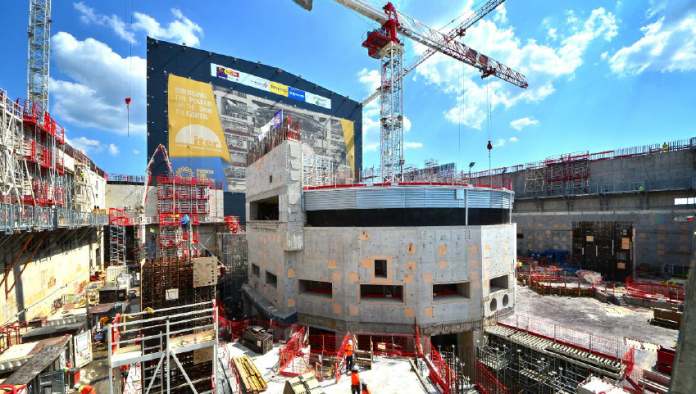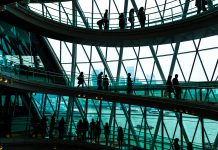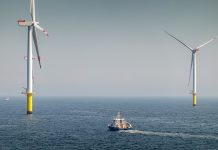Laban Coblentz, Head of Communication, ITER provides an overview of fusion energy, focussing on the first industrial-scale fusion reactor
In the 1990s, when the ITER Project was in the early design stage, the prospect of building the first industrial-scale fusion reactor – a star on earth – had every ITER Member country lobbying to host the facility. The economic benefits were obvious and attractive. The chance to push the boundaries of innovation in many technologies, from robotics and power electronics to cryogenics, superconducting magnets, and materials science, promised major advancements for industrial suppliers.
Fierce competition led to compromise. Each Member chose critical pieces of the ITER Tokamak and its support systems as its spheres of responsibility. Most complex ITER components involve partnerships among multiple nations. Nine companies in eight countries have fabricated superconductor strand for ITER’s giant magnets.
The magnets themselves, each several hundred tons, are in fabrication in Hefei, China; San Diego, California; St. Petersburg, Russia; La Spezia, Italy; Kobe, Japan; and on the ITER worksite in Cadarache, France. Laban Coblentz, Head of Communication, ITER provides an overview of fusion energy, focussing on the first industrial-scale fusion reactor The bioshield that will house the ITER Tokamak is seen at centre, with the 60-metre high Assembly Hall in the background. All 33 buildings of the ITER facility are constructed by Fusion for Energy, the European ITER domestic agency.
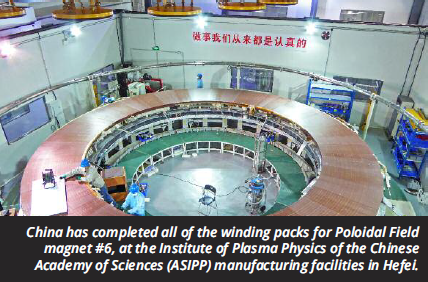
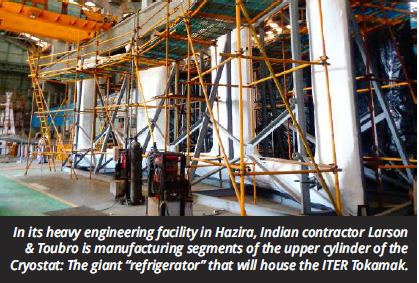
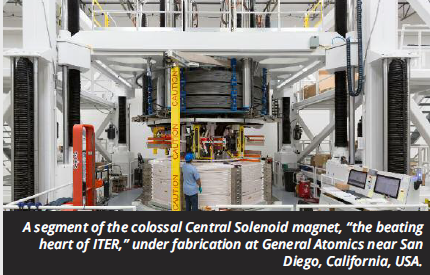
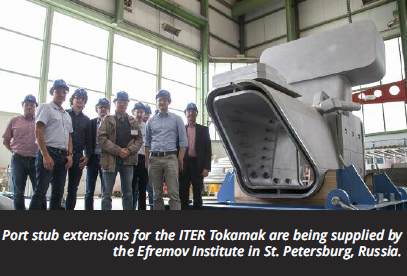
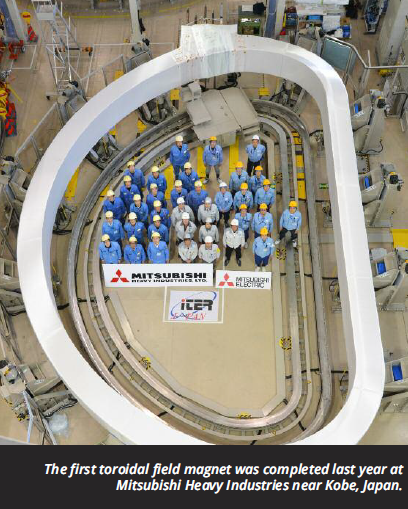
A true “visit to ITER”, therefore, requires a global tour. This article shows a small sample of the ITER fabrication centres around the world. Together, 35 countries are committed to making fusion energy – the power of the sun and stars – a reality on Earth.
To continue your virtual tour of ITER, visit www.iter.org
Laban Coblentz
Head of Communication
ITER
Tel: +33 4 42 17 66 17
Laban.Coblentz@iter.org
www.iter.org
www.twitter.com/iterorg

